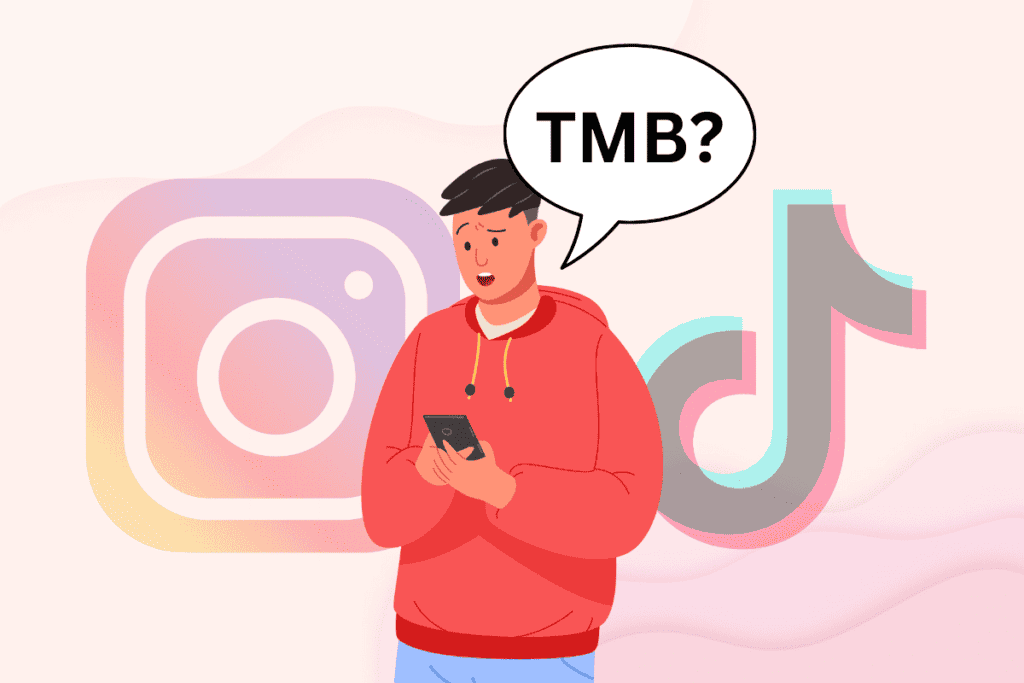In today’s fast-paced digital world, acronyms like TMB have become an essential part of our online language. But what does TMB mean, and how is it used across various platforms? Let’s dive into the world of TMB and uncover its multiple meanings and applications.
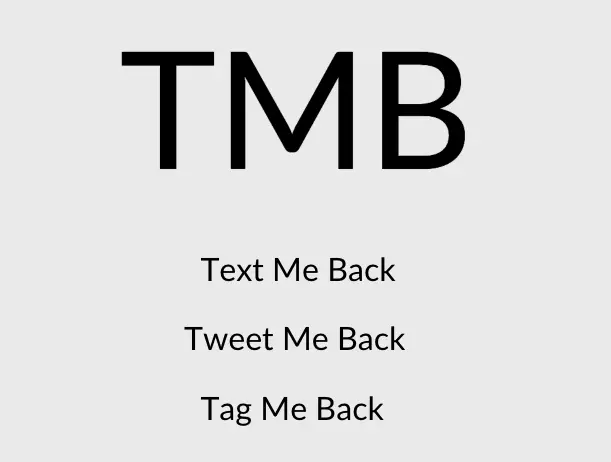
What Does TMB Stand For?
TMB is a versatile acronym with several meanings depending on the context:
- Text Me Back
- Tag Me Back
- Tweet Me Back
Each interpretation relates to a specific form of digital communication, making TMB flexible and widely-used in online conversations.
Text Me Back
In text messaging and instant messaging apps, TMB often means “Text Me Back.” It’s used to prompt a response:
“Hey, I sent you that info you needed. TMB when you get a chance!”
Tag Me Back
On visual platforms like Instagram, TMB can mean “Tag Me Back.” This is common in photo challenges or when users want to be included in a friend’s post:
“Great pic from the party last night! TMB if you post any more!”
Tweet Me Back
Twitter users might interpret TMB as “Tweet Me Back.” A user might say:
“@friendsusername Just saw your tweet about the new restaurant. TMB with your review!”
Common Uses of TMB
TMB is popular in various digital communication scenarios:
- Requesting a response
- Following up on unanswered messages
- Engaging in social media challenges
- Expressing interest in continued conversation
TMB Across Different Platforms
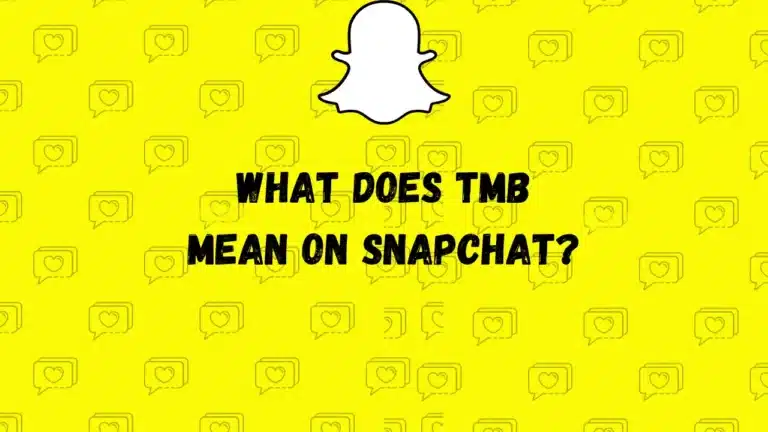
While the core meaning of TMB is consistent, its usage varies slightly by platform:
- Instagram: Used for photo tagging and challenges
- Twitter: Useful for quick follow-ups or requesting public responses
- Text Messages: Often used to prompt a reply in personal conversations
- TikTok: Found in comments or video captions to encourage interaction
TMB can be written as “TMB,” “tmb,” or “Tmb,” with all-caps being most common.
Examples of TMB in Context
- Text message exchange:
Person A: “Hey, I left my jacket at your place. Can you bring it tomorrow?”
Person B: “Sure, no problem!”
Person A: “Thanks! TMB when you’re on your way.” - Instagram comment:
User1: “Awesome beach photo! TMB if you post more from your vacation 🏖️” - Twitter conversation:
@User1: “Just watched the new superhero movie. It was mind-blowing!”
@User2: “@User1 Really? I’ve been on the fence about seeing it. TMB with more details!”
Alternative Meanings of TMB
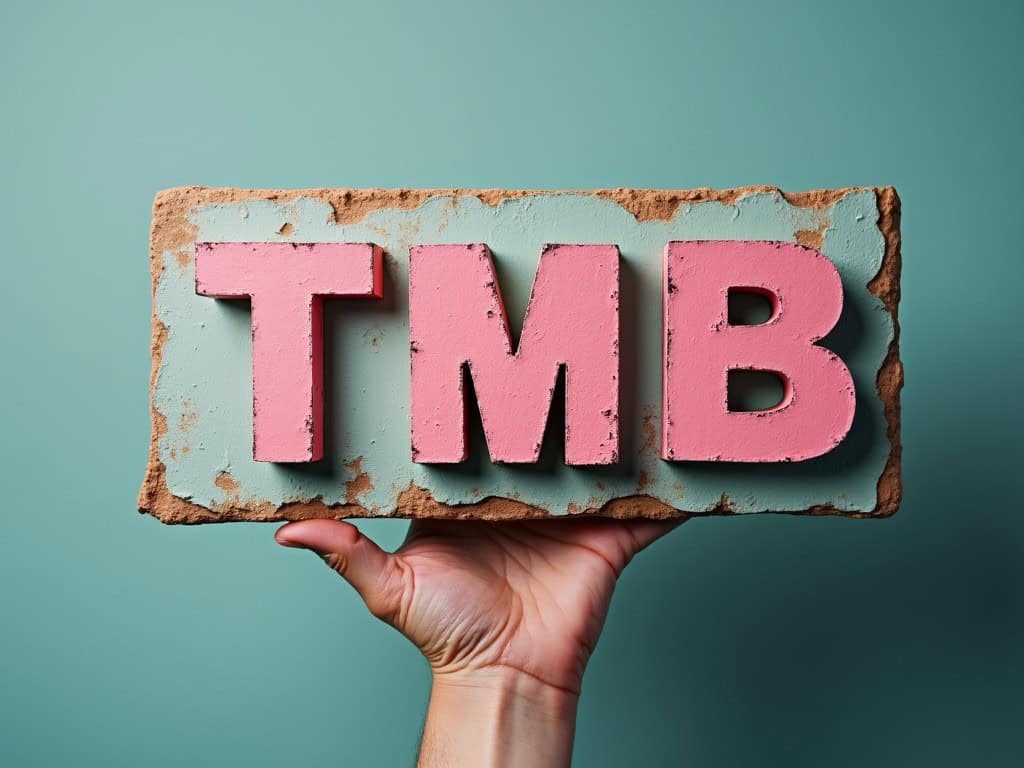
While primarily used for digital communication, TMB can have other interpretations:
- Take Me Back: Used nostalgically
- Try Me, B*tch: A playful challenge among friends
- Text Me, B*tch: A more aggressive form of “Text Me Back”
- Too Much Booty: A playful or flirtatious phrase
Context is crucial when interpreting these alternative meanings.
TMB Usage Across Age Groups
- Teenagers and young adults use TMB most frequently
- Millennials and some Gen X individuals are familiar with it
- Older generations may be less familiar but might encounter it in family communications
Similar Expressions and Alternatives
Related acronyms include:
- CMB: “Call Me Back”
- WMB: “Write Me Back”
- MMB: “Message Me Back”
- HMU: “Hit Me Up”
In formal settings, alternatives might be:
- “Please respond when you can”
- “Looking forward to your reply”
- “Get back to me at your earliest convenience”
- “RSVP”
When to Use (and Not Use) TMB
Appropriate contexts:
- Casual conversations with friends
- Social media interactions
- Informal text or instant messaging
Situations to avoid TMB:
- Professional emails or business communications
- Formal written correspondence
- When communicating with individuals unfamiliar with internet slang
- In academic or educational settings
TMB in Popular Culture
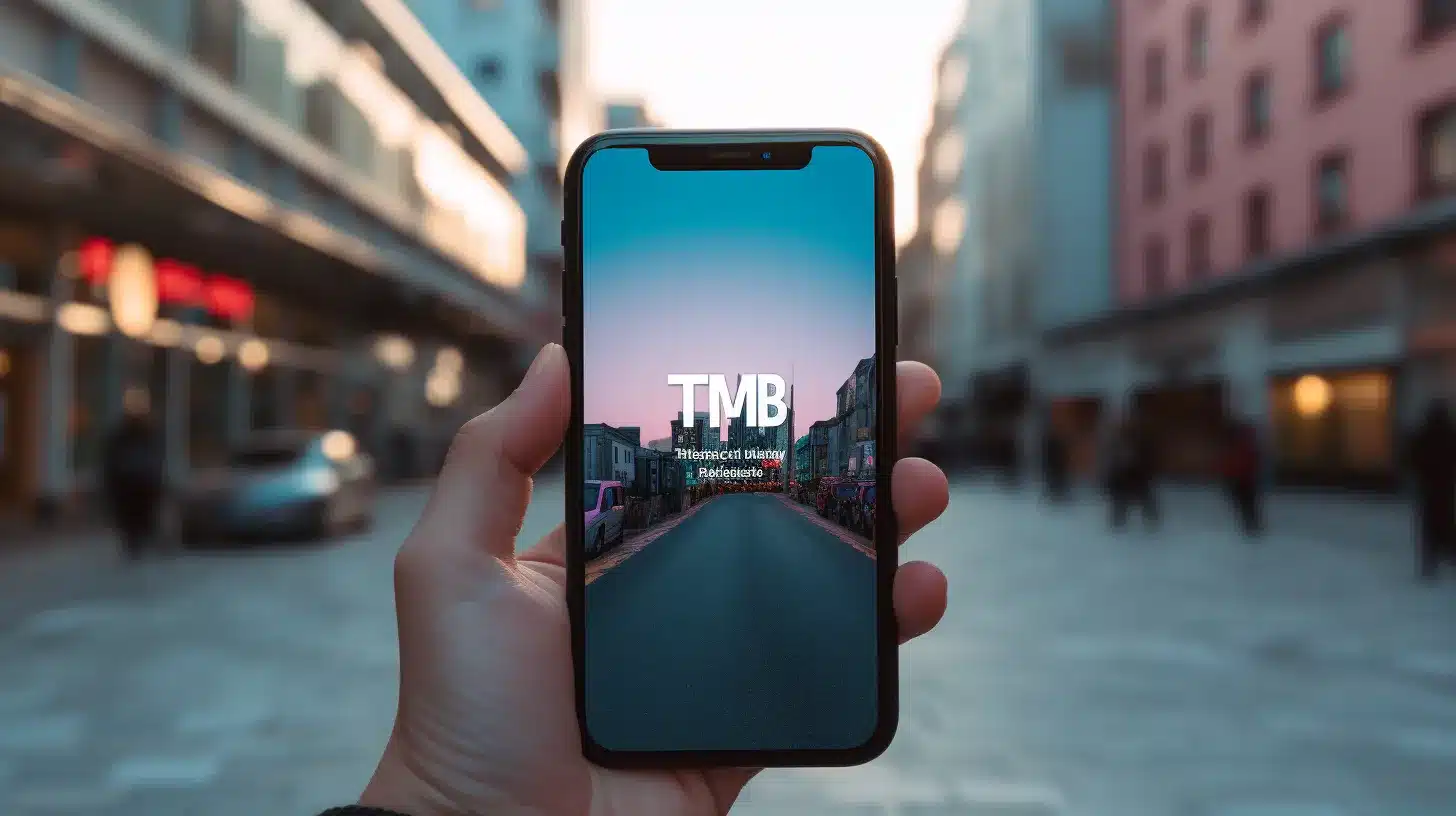
TMB has made its way into:
- Music lyrics, especially in pop and hip-hop
- TV shows depicting youth culture
- Internet memes and social media trends
The Impact of TMB on Communication
TMB reflects broader changes in digital communication:
- Increased efficiency in conveying requests
- More casual tone in online interactions
- Potential for generational communication gaps
- Contribution to internet-driven language evolution
- Emphasis on context-dependent communication
Conclusion: The Significance of TMB in Digital Communication
Understanding acronyms like TMB is crucial in our connected world. It serves as an efficient way to request interaction across various online contexts.
Staying informed about internet slang like TMB can improve digital communication skills, especially with younger generations. However, always consider your audience and context, opting for clearer language in formal or professional settings.
FAQ Section
Q: Is TMB appropriate in professional emails?
A: Generally, no. It’s best for casual communication.
Q: Can TMB mean different things on different platforms?
A: Yes, its meaning can vary slightly depending on the platform.
Q: How do I know which meaning of TMB is being used?
A: Consider the context of the conversation and the platform you’re using.
Q: Are there any negative connotations to using TMB?
A: While TMB is neutral, overuse of acronyms can sometimes be seen as overly casual.
Q: How can I stay updated on internet slang like TMB?
A: Follow social media trends, engage with younger generations, and consult online slang dictionaries.
By understanding and appropriately using acronyms like TMB, you can enhance your digital communication skills and connect more effectively in online spaces. Remember, language is always evolving, and staying informed about these changes can be both fun and beneficial in our increasingly digital world.

